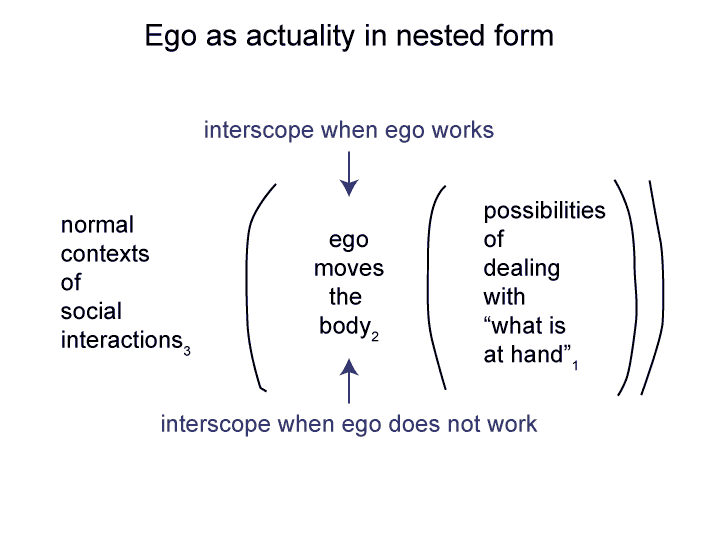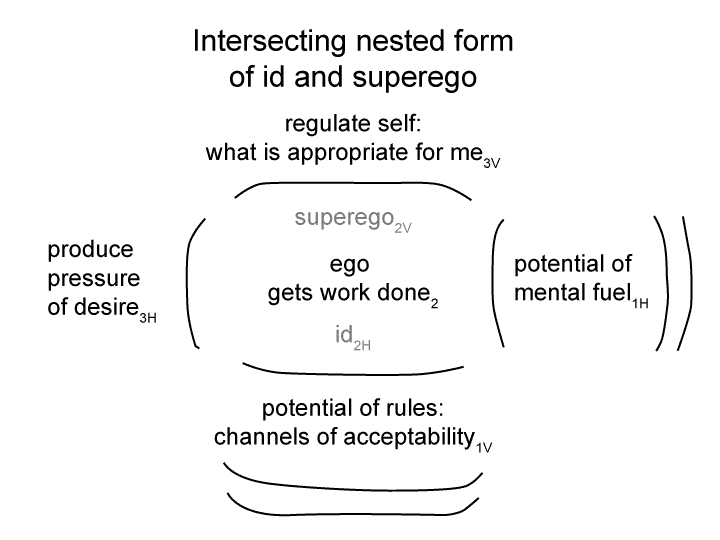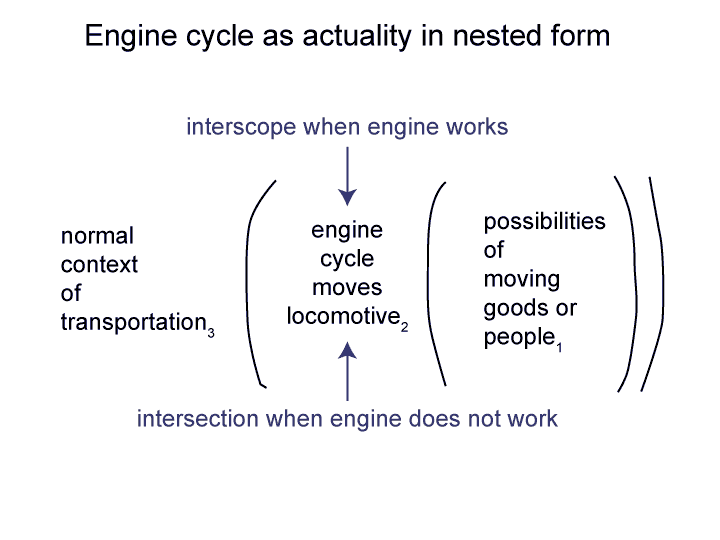Man and Sin by Piet Schoonenberg (1964) 2.3 R
Summary of text [comment] page 80
[In the Lebenswelt that we evolved in, our hand talk was both referential and symbolic. Referential iconic and indexal sign-qualities belonged to the perspective level. The symbolic sign-qualities belonged to the content and situation levels.
Grammar was powered by the symbolic operations. It allowed two symbolic orders.
One made intuitive and sensual sense.
The other did not make intuitive and sensual sense.]



